Wisdom from the Streets
In every corner of society, there exists a marketplace of ideas, a realm where folklore and remedies flourish. This phenomenon is particularly evident in the quest for whiter teeth, where suggestions often veer into the realm of the unconventional. Among the notorious contenders for DIY whitening solutions are lemon juice, salt, and vinegar. How many of these home remedies for brighter smiles have you encountered or even tried?
- Rubbing lemon juice on teeth after brushing.
- Swishing vinegar in the mouth for 1 to 3 minutes, followed by brushing.
- Adding a pinch of yeast to your toothbrush.
- Drying orange peels, grinding them into powder, and mixing with toothpaste.
- Chewing raw peanuts and using the crushed pieces as an alternative to toothpaste.
- Mixing a dash of salt into your toothpaste (an idea that some mistakenly believe is the essence of whitening toothpaste).
<img src=”/UploadFiles/20181104103329.png” width=”196″ height=”86″>
Are These Remedies Reliable?
To assess the efficacy of these folk remedies, it’s essential to first understand the underlying causes of tooth discoloration.
1. Physiological Discoloration
With age comes change; our teeth are no exception. As we grow older, our pearly whites may take on a slight tint, mirroring the changes in our skin. Just as our complexion can shift from youthful glow to a dulled sheen, our teeth too can show signs of aging.
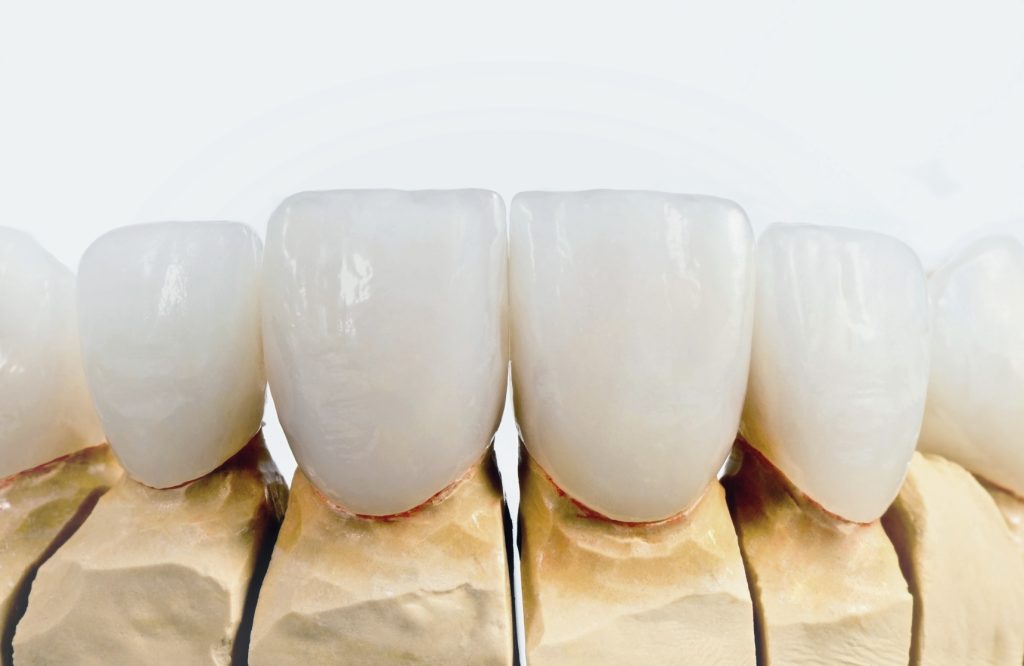
2. Extrinsic Staining
The surfaces of our teeth host a plethora of bacteria that produce sticky substances. These substances easily trap particles from tobacco, beverages, coffee, red wine, and tea. Lack of proper brushing habits and poor oral hygiene can lead to the gradual accumulation of stains, turning our once-bright smiles into shades of yellow and even black over time.
3. Intrinsic Staining
This form of discoloration is characterized by conditions such as dental fluorosis or tetracycline-stained teeth. In certain regions—particularly in some rural areas—high fluoride levels in drinking water can lead to noticeable yellowing. Additionally, children under eight who are prescribed tetracycline antibiotics during their tooth development may suffer from intrinsic staining.
Decoding the Remedies: Chemical and Physical Whitening
Let us categorize these home remedies into two schools of thought.
Chemical Whitening
One might consider acidic substances like lemon juice and vinegar. While they contain weak acids that can soften dental calculus, such acidic properties can erode tooth enamel over time, reducing tooth strength and potentially leading to sensitivity.
Physical Whitening
Conversely, remedies involving salt or chewing peanuts function on a mechanical level. They rely on the friction exerted during the process, achieving a cleaning effect that generally parallels that of traditional toothbrushing with toothpaste.
A Cautionary Note from Dentists
Despite the allure of these remedies, they lack scientific backing and can inflict varying degrees of harm on dental health. For this reason, dentists unequivocally discourage their use.
The Reliable Path to Whiter Teeth
For those in pursuit of a brighter smile, the most prudent course of action is to consult a dental professional for guidance and treatment options. As we humorously note, there is both good news and bad news on the horizon regarding dental whitening.

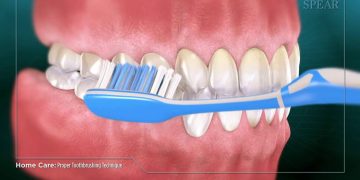
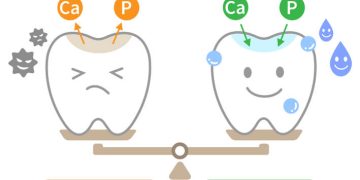
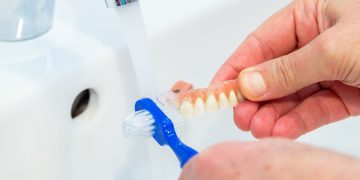




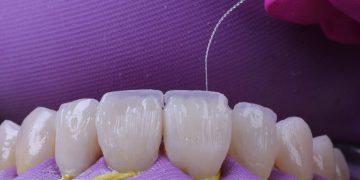
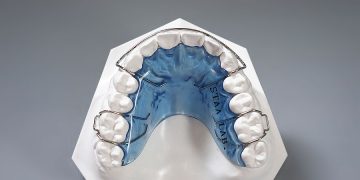

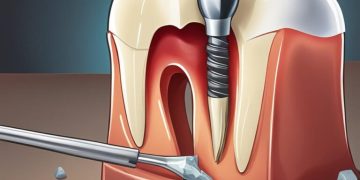
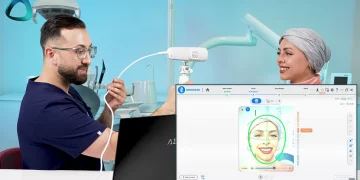
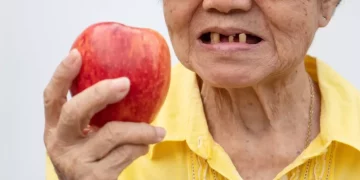

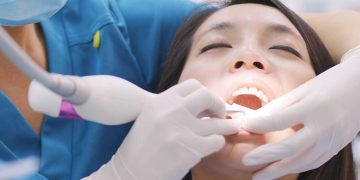

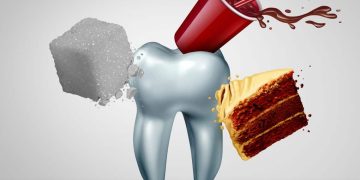




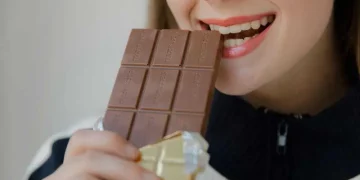


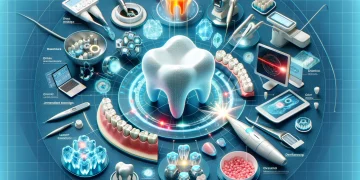





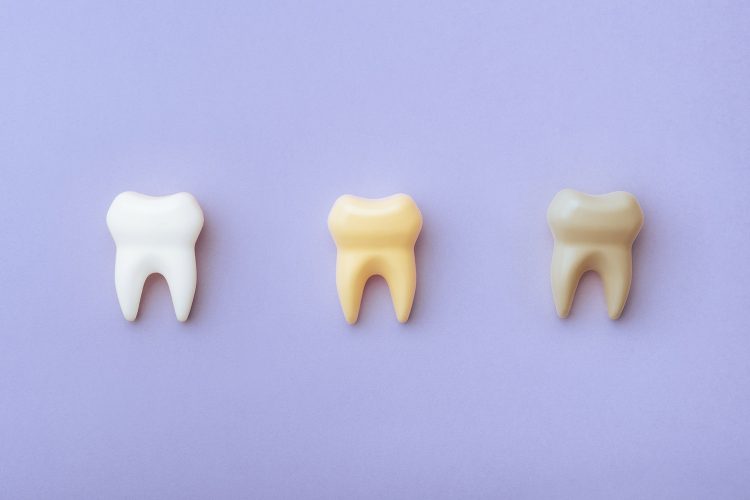













Discussion about this post